Salalah is a gem in Oman, known for its lush green landscapes, misty mountains, and pristine beaches. The city transforms into a tropical paradise during the Khareef season, with cool breezes and cascading waterfalls. Rich in history and culture, Salalah boasts ancient ruins, bustling souqs, and the legendary Land of Frankincense. Visitors can explore stunning wadis, relax on white sandy shores, and witness breathtaking sunsets over the Arabian Sea. Whether you seek adventure or tranquillity, Salalah offers an unforgettable escape. This guide covers the best places to visit, activities to enjoy, and essential travel tips for your journey!
Location
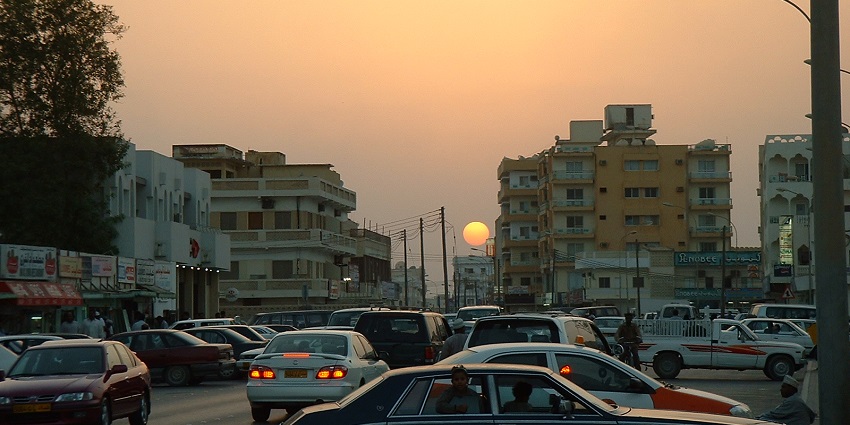
Photo: Bruno Le Bansais / Wikimedia Commons
Salalah is located in southern Oman, in the Dhofar Governorate, along the Arabian Sea. It sits about 1,000 km southwest of Muscat, the capital of Oman. The city is well-connected by road and air, with Salalah International Airport serving domestic and international flights. The coastal city is near the Yemeni border, approximately 120 km away. Salalah’s unique geography includes lush green mountains, vast deserts, and scenic beaches. It is the only city in the Arabian Peninsula that experiences the Khareef monsoon. Its strategic location makes it a key port for global trade.
How To Reach
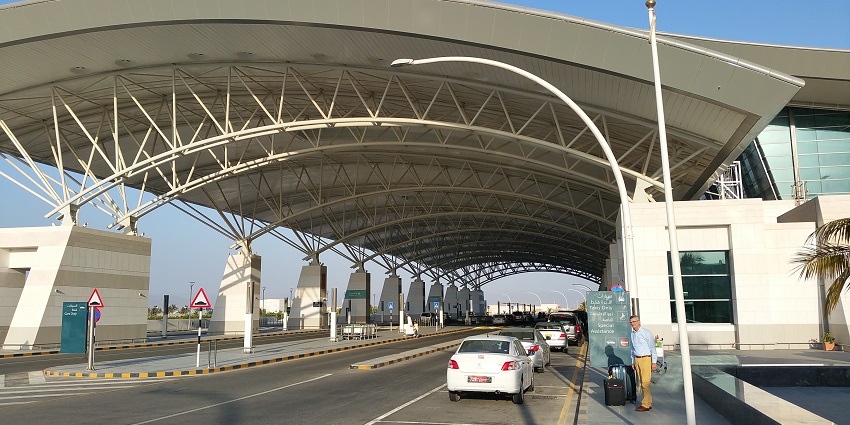
Photo: Baden65 / Wikimedia Commons
Salalah is well-connected by air and road, making it accessible for travellers from Oman and beyond. The city does not have a railway network, but buses and private vehicles offer convenient travel options.
By Air: Salalah International Airport (SLL) connects the city to Muscat, Dubai, Doha, and other major destinations. Direct flights from Muscat take around 1.5 hours.
By Train: There is no train service to Salalah. Oman does not have a railway network.
By Road: Salalah is 1,000 km from Muscat via Route 31, taking about 10-12 hours by car. Buses operate regularly between major Omani cities.
Places To Visit In Salalah
Experience the best of Omani beauty and culture with the following scenic and exciting places to visit in Salalah:
1. Al Mughsail Beach
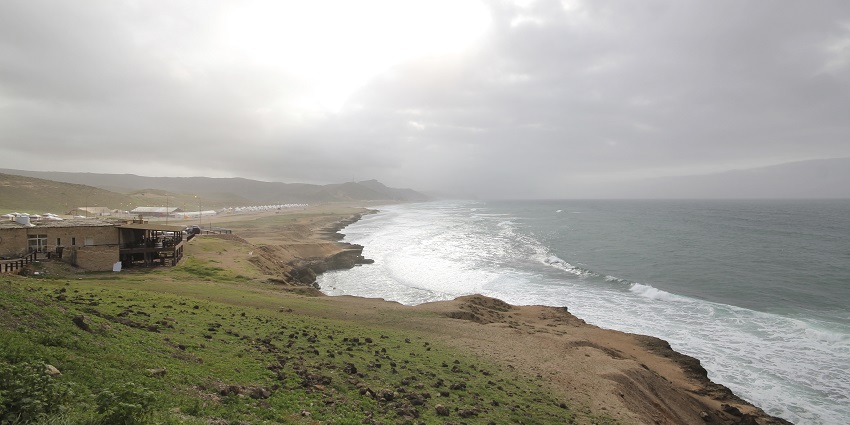
Photo: Riyadh Al Balushi / Wikimedia Commons
Al Mughsail Beach is a pristine stretch of coastline renowned for its soft white sands and clear turquoise waters. The beach is framed by dramatic cliffs, offering picturesque views of the Arabian Sea. A highlight of the area is Marneef Cave, a rocky overhang providing shade and a vantage point to observe the sea. Nearby, natural blowholes, known as Mughsail Blowholes, shoot seawater up to 28 metres into the air during the Khareef season, creating a spectacular display.
Location: 40 km west of Salalah city centre
Marneef Cave, natural blowholes, scenic cliffs
Mode Of Transport: Car or taxi
Ideal For: Nature lovers, photographers, and families
2. Wadi Darbat
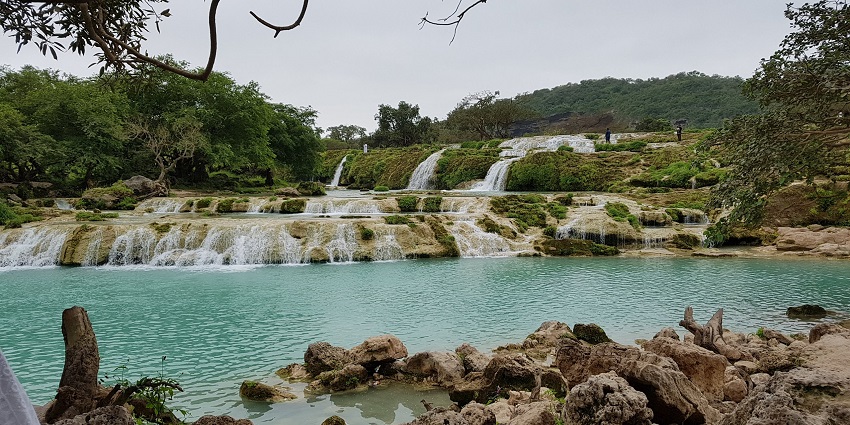
Photo: Shifabeg / Wikimedia Commons
Wadi Darbat is a verdant valley celebrated for its seasonal waterfalls and lush greenery, especially vibrant during the Khareef monsoon. The wadi features a serene river where visitors can enjoy boat rides, offering a unique perspective of the surrounding landscape. The scattered picnic areas throughout make it a popular family spot. The area is also home to diverse flora and fauna, providing opportunities for nature walks and wildlife observation.
Location: 25 km northeast of Salalah
Major Attractions: Seasonal waterfalls, picnic spots, and boat rides
Mode Of Transport: Car or taxi
Ideal For: Adventure seekers, families, and nature lovers
3. Al Baleed Archaeological Park

Photo: Juozas Šalna / Wikimedia Commons
Al Baleed Archaeological Park is a UNESCO World Heritage Site that offers a glimpse into the region’s rich history as a hub of the frankincense trade. The park encompasses the ruins of the ancient city of Zafar, including a grand mosque with 144 supporting columns. Adjacent to the ruins is the Museum of the Frankincense Land, which houses exhibits detailing Oman’s maritime history and the significance of frankincense.
Location: 5 km from Salalah city centre
Major Attractions: Museum of the Frankincense Land, ancient harbour, walking trails
Mode Of Transport: Car, taxi, or local bus
Ideal For: History buffs, culture enthusiasts, and explorers
Must-Have Experiences At Salalah
Enjoy the best of this gem with the following things to do in Salalah that will guarantee memories of a lifetime:
1. Explore The Lost City Of Ubar
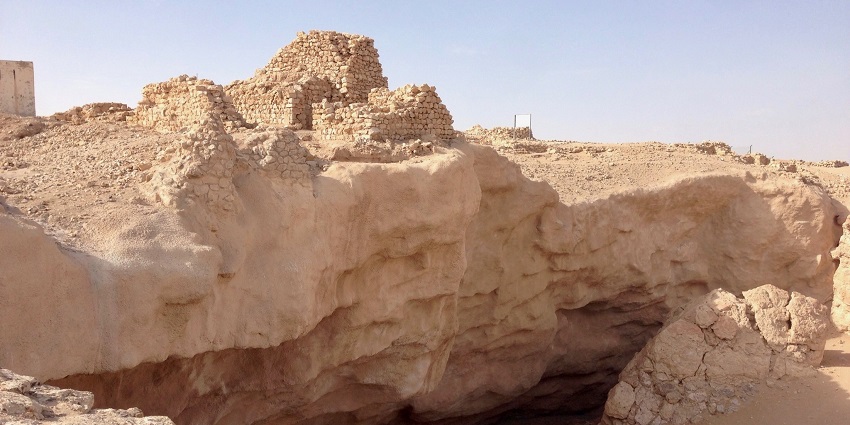
Photo: Armatus1995 / Wikimedia Commons
The Lost City of Ubar, often referred to as the “Atlantis of the Sands,” is an ancient site steeped in legend and history. Believed to have been a significant hub in the frankincense trade, Ubar’s existence dates back to before 2800 BCE. Artifacts unearthed at the site suggest a once-thriving civilization that played a pivotal role in regional commerce. A large limestone cavern’s collapse beneath the city caused its sudden demise and submersion.
2. Visit The Anti-Gravity Point

Photo: Luhar / Wikimedia Commons / Image For Representation Only
The Anti-Gravity Point near Salalah is a fascinating location where vehicles appear to defy gravity by rolling uphill when placed in neutral gear. This intriguing phenomenon is believed to be an optical illusion caused by the layout of the surrounding landscape. Visitors can experience this by turning off their car engines, shifting to neutral, and releasing the brakes, observing as the vehicle seemingly moves uphill against gravitational pull.
3. Discover Tawi Ateer Sinkhole
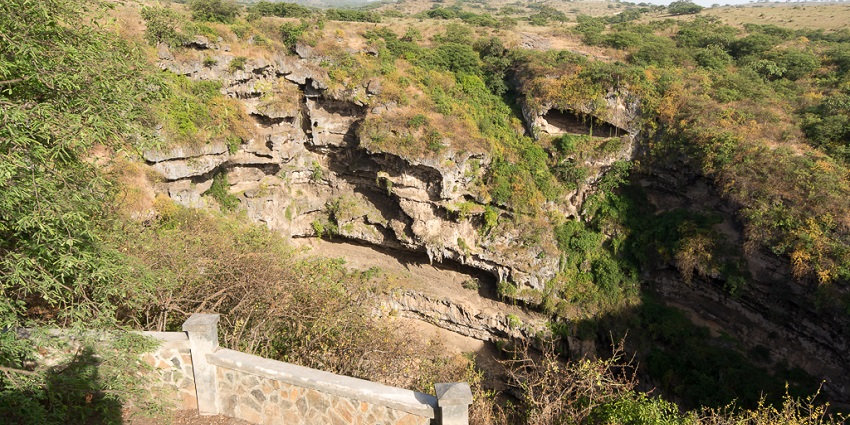
Photo: StellarD / Wikimedia Commons
The Tawi Atair Sinkhole, known as the “Well of Birds,” is one of the largest sinkholes in the world, plunging to a depth of approximately 210 metres. Its name derives from the diverse bird species that inhabit the area, making it a haven for birdwatchers. The sinkhole features water at its base, attracting migrating birds and supporting lush vegetation along its walls.
Where To Stay
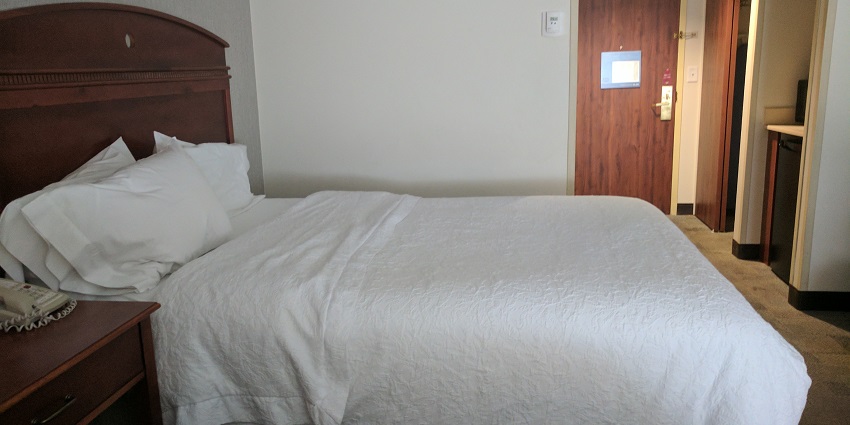
Photo: Kurt Kaiser / Wikimedia Commons / Image For Representation Only
Salalah offers a variety of accommodation options, from luxury resorts to budget-friendly stays. High-end choices include Al Baleed Resort Salalah by Anantara and Fanar Hotel & Residences, both offering beachfront views and world-class amenities. Mid-range hotels such as Salalah Gardens Hotel provide comfort at reasonable prices. Budget travellers can find affordable guesthouses and apartments near the city centre.
Where To Eat

Photo: Stefan Krasowski / Wikimedia Commons
Salalah offers diverse dining options, from traditional Omani cuisine to international flavours. For authentic Omani dishes, Ba’albek Restaurant and Udman Restaurant serve local specialties such as Majboos and grilled seafood. Al Mina Restaurant offers fresh seafood with beachfront views. Lebanese House Restaurant is great for Middle Eastern cuisine. Budget-friendly options include local eateries in Al Haffa Souq. Many restaurants cater to vegetarian and international tastes, ensuring a satisfying culinary experience.
Best Time To Visit
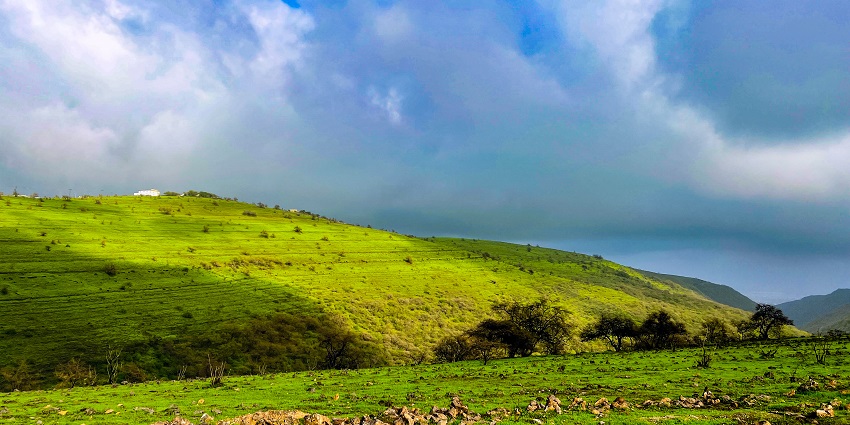
Photo: MURSHID THALI PARAMBAN / Wikimedia Commons
The best time to visit Salalah is during the Khareef season (June to September) when monsoon winds transform the region into a lush paradise. Temperatures drop creating misty landscapes which makes it perfect for exploring waterfalls, green hills, and coastal beauty. October to April also offers pleasant weather, ideal for sightseeing and outdoor activities. Summers (May and early June) are hot and dry, making travel less comfortable. Visitors during Khareef should book accommodation in advance due to high demand.
Other Factors To Consider
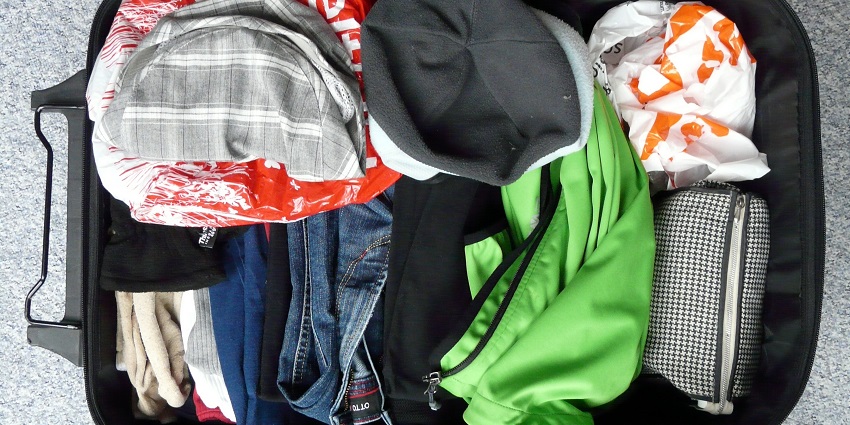
Photo: Juozas Šalna / Wikimedia Commons
Keep the following factors in mind when planning a trip to Salalah:
- Light, breathable fabrics are best for summer, while a light jacket is useful during Khareef due to cooler temperatures and drizzle
- Car rental offers the most convenient way to explore, given the limited public transport.
- SIM cards from local providers like Omantel and Ooredoo offer good coverage for Internet and calls.
- People speak English widely in tourist areas, however, Arabic is the official language.
Salalah offers an unforgettable escape with its rich blend of ancient history, vibrant culture, and breathtaking natural beauty. The city captivates visitors with its pristine beaches, lush landscapes during the Khareef season, and well-preserved archaeological sites. Exploring scenic valleys or sampling authentic Omani cuisine fills every moment in Salalah with wonder. With careful planning and an open mind, travellers can fully immerse themselves in this unique destination, creating lasting memories that inspire future adventures. Experience Salalah today with TripXL!
Cover Photo: Tanja Cotoaga / Unsplash


 WhatsApp
WhatsApp
 Twitter
Twitter









